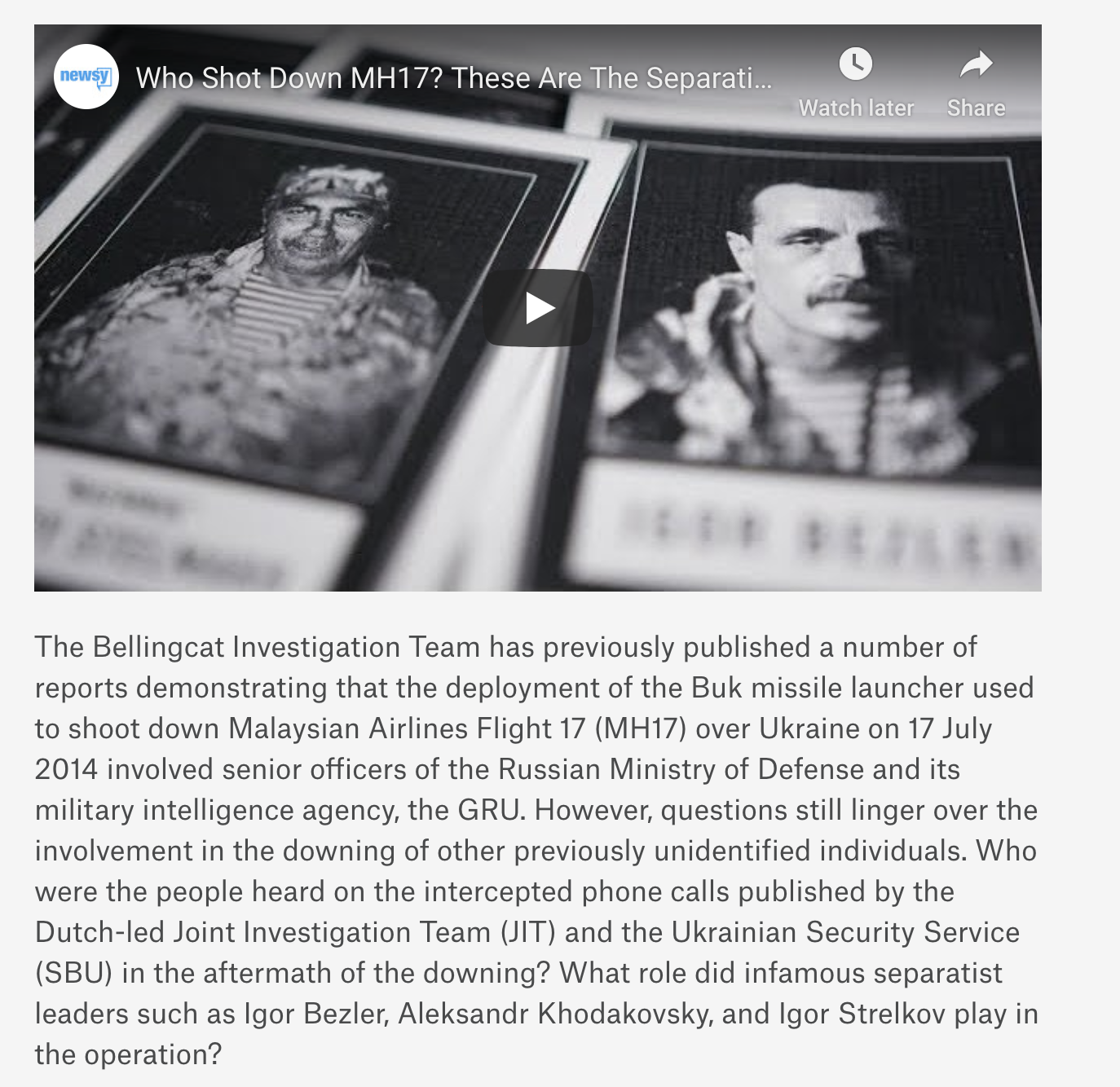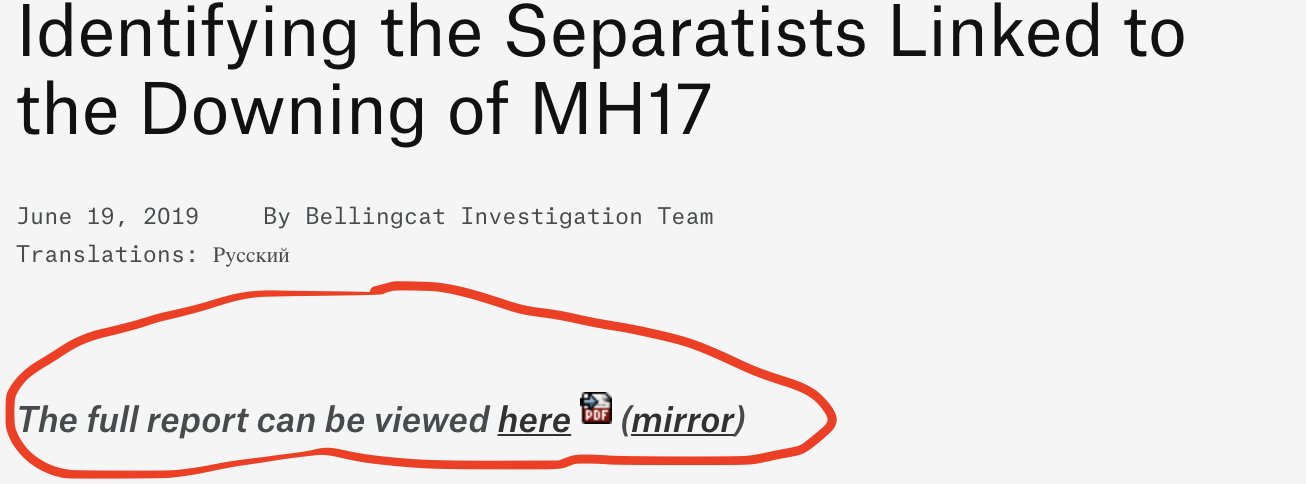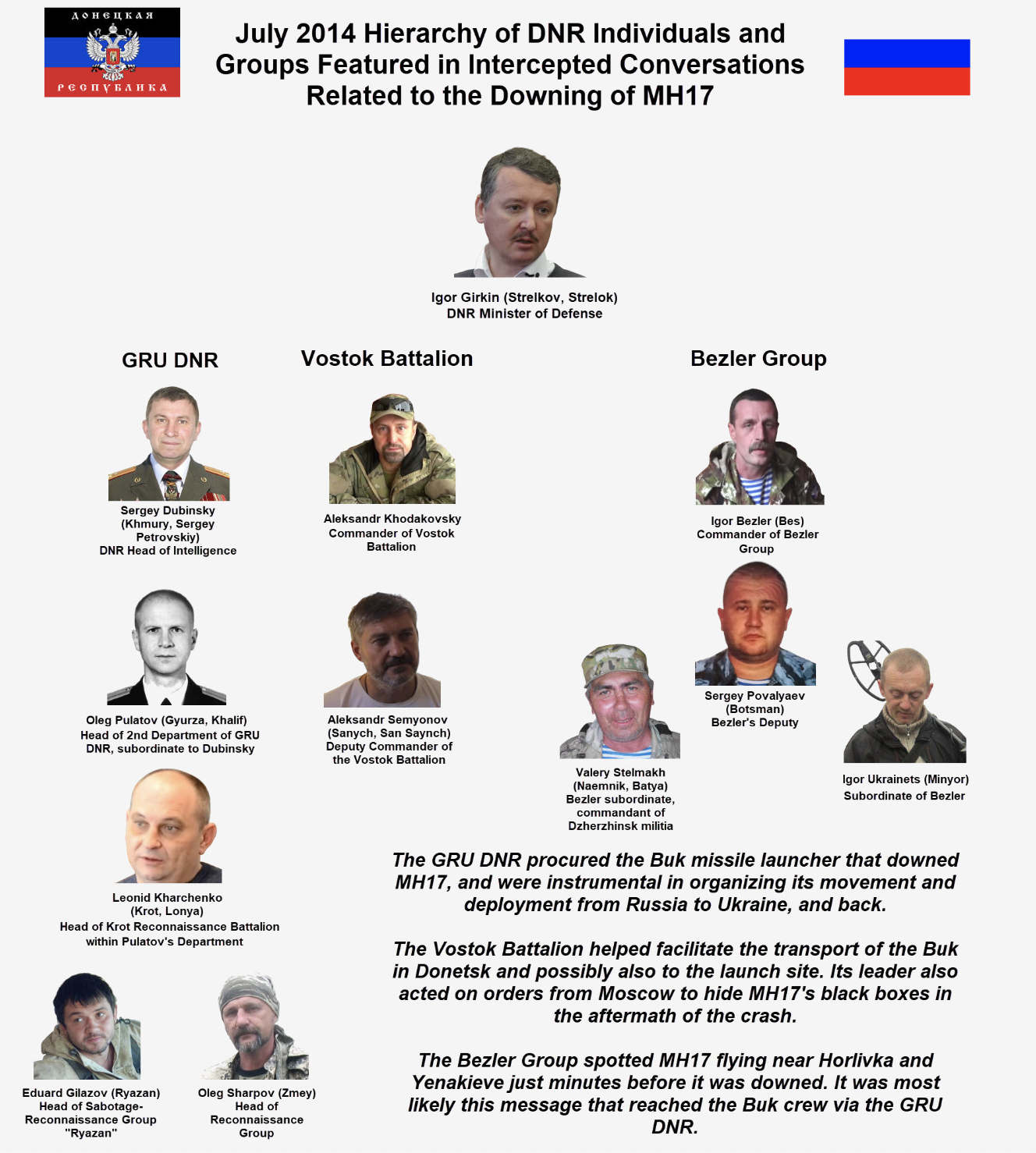How To Tell Stories: A Beginner's Guide For Open Source Researchers
Many open source researchers rely on journalists to turn data into a narrative that will then reach a wider audience. Yet journalism today is in a crisis! You can trust me as a person who comes from a traditional journalism background — oh, the sheer amount of horror stories I can tell over whiskey.
In the U.S., for example, the media is facing its worst layoffs since the Great Recession. This is just one of the reasons why it is important for open source researchers to fill in the gaps traditional media outlets are leaving in their wake.
It might seem daunting. Never fear, though. By learning and utilizing a very particular set of skills, you too can help your research reach a wider audience — and perhaps even change the world (trust me, stranger things have happened in said world).
Acceptance Is The First Step To Storytelling Success
A lot of open source researchers believe that efficient storytelling is a skill only writers of fiction must cultivate. “We deal with facts! Our work is different!”
Your work *is* different, but similar narrative principles can apply to it. Facts can get muddled if you don’t know how to present them correctly.
Open source research begins by pulling on a thread. As individual threads begin to unravel, keeping the narrative as clear, informative, and as readable as possible is the only way to make sure your work makes an impact.
I’ll be using our latest investigation into the people responsible for the downing of Flight MH17 as a tool to help you understand this process better.
Now It’s Time To Relax
People act like you need an MFA or a master’s in journalism in order to understand and create narrative — be it nonfiction or fiction.
Here’s a little secret — this is not the case. The sooner you realize this, the better off you will be.
When you consider that storytelling is a public good — the case of MH17 is the perfect example here, but it’s far from the only one — you are well on your way to understanding it as a craft that you can learn and utilize to present your research.
Identify Your Target Audience
Who are the people who will be most interested in your report? Are there aspects of your report that are of interest to a wide cross-section of audiences?
By asking yourself these questions and actively *picturing* your readers in your mind, you make your job easier and inspire yourself to do better.
A lot of open source researchers write with other open source researchers in mind. This is PERFECTLY FINE in many cases — but not all.
If you think your report will be interesting to various overlapping groups, you can craft it with a wider audience in mind.
For example, our latest MH17 report is immediately relevant to:
— Investigators
— Law enforcement
— Russia watchers
— Ukraine watchers
But beyond that, it is relevant to people who have been keeping track of MH17 news since the tragedy happened and newcomers who are interested in what happened, but haven’t necessarily regularly kept up with every update.
This is why, for example, our introduction updates readers on some of the relevant background (think of this in terms of Marvel movies — do you need to keep up with ALL of the characters’ stories before you watch “Avengers: Endgame?” Probably not, but SOME context matters):
Plan Your Narrative
In grade school, you probably learned that a story is supposed to have a beginning, middle, and end. For the purposes of YOUR story, you USUALLY have an introduction, a middle part where you present your data, and your conclusion.
Some planning pitfalls include:
An Insufficient Introduction
When I say that your introduction does not do your material justice, it can mean different things. For example:
— A report that requires some context in the introduction and yet lacks it
— An introduction that has so much context that it drags on and drowns the reader in details
— Burying the lede, i.e. leaving out key details that will establish why people need to keep reading (this is ESPECIALLY true of reports that seek to analyze a contextualize a particular event — a shooting, for example, or how a particular radicalized group came to be)
A Disorganized Middle
Writers are told that they must learn to “kill their darlings.” Getting rid of those parts of writing that you care about, but that do not quite fit, is a very important skill.
Open source researchers must also learn to prioritize information, and how they choose to present it.
At the same time, you must learn to show your work. If you’re jumping from stating a fact to concluding something about it — tell us why, especially if your conclusion is not especially obvious. Stating facts and analyzing facts are not the same thing.
Note how we organized information in the middle of our new MH17 report. We broke it down by identifying which individuals involved in the downing of the plane belonged to which groups first.
THEN — and you can read this by clicking to the full PDF link on top of the report (more on that below) — we followed each description of the individual with the specific evidence of their actions/involvement. So it goes like this,
Identify a key player >> Present your evidence
Identify another key player >> Present your evidence
Imagine how much more difficult/disorganized our efforts would have been if we had avoided grouping and prioritizing our information!
A Conclusion That Fails To Tie Your Work Together
A lot of people think of a conclusion as a kind of tl;dr exercise. You just re-state whatever you said in your report, hit that save button, and send the thing to your long-suffering editor.
Actually, a conclusion is valuable “rhetorical real estate,” a place where you can, if appropriate, emphasize why your findings are important. Or inspire future researchers to dig deeper. Or appeal for more facts. Or contextualize your findings. Etc.
If you’re aiming to inspire and galvanize your readers, you can’t leave them feeling with the sense that you just wanted the whole thing over with. And don’t forget to thank the people who have helped you along the way!
Set The Right Tone
If you’re working on a project about horrific airstrikes killing civilians — you’re not going to use humor.
On the other hand, what if you’re looking into the shady dealings of a ridiculous internet personality? An appropriate amount of irony can help a story like that reach more readers and underpin the bizarre nature of your subject matter.
Or consider the case of these literally shitty homophobes. Using humor to document their actions helps your reader identify more with the narrative.
Learn To Organize And Present Information Efficiently
You know how I just talked about “killing your darlings”? Sometimes, you don’t have to kill them as much as get them to work efficiently for you.
Here are some common tools you can use just for this purpose
— Create a long PDF version of your report for the die-hards, and publish a link to it next to a more condensed version.
We didn’t only do it with our latest MH17 report:
It’s a tool we use frequently!
We did it with our report into the online dealings of the man who oversaw the murder and dismemberment of Jamal Khashoggi, for example. Remember, many of your reports can have overlapping audiences. Some will read the whole thing. Others will not. Yet others may want the shorter version now, but, growing more inspired by your research, will want to dig into the nuts and bolts of it.
— Use tables, graphs, and visual aids where you can. Are you doing an open source survey about military vehicles spotted in a particular town? Are there 17 technicals, 2 tanks, 3 AAVs, and an armored assault elephant? ORGANIZE THOSE NUMBERS INTO A GRAPH to make it easier for your reader to understand what on earth is going on.
Or, consider, again, our MH17 report. The various hierarchies of the people involved are complicated. This is why we created this simple, but very handy infographic:
— Standardize names/titles/spellings. This is especially important if you’re dealing with obscure topics. Even if you’re not, imagine reading an article that spells a name Sergei, before spelling it Sergey, before spelling it Sergeii. Makes you want to tear your hair out, right?
— Re-state the names and titles/ranks of individuals you are profiling. Let’s say you’re doing a report into the social media activities of a notorious serial killer. On page two, you introduce an intrepid detective who messaged the serial killer on Facebook. By page 10, Sherlock here returns as a witness for the prosecution. TELL THE READER WHO HE IS AGAIN! You don’t have to re-state his biography. Just remember that it is perfectly normal to re-introduce characters in your report, and your readers will thank you for it.
— Respect the rules of chronology. You’ll be surprised how tempting it is to go back and forth in time in a text. If you must skip around in time (for example, you are detailing what individual A did on days 1, 2, and 3 and then must also talk about what individual B did on day 1), make sure that you keep your dates clear and that the reader is constantly aware of where in time the different parts of your story are taking place.
— Don’t assume your readers see your work the same way you do. Your readers haven’t been on that same journey through data that you just undertook. They will need clarity where you may need none.
Read Your Work Out Loud To Yourself
This is such an important habit to get into, especially if you are relatively new to writing, that I am making it into its own category.
Reading out loud will make your errors jump out at you. It will also make you see when a particular sentence or paragraph doesn’t make much sense/can stand to be improved.
It is a simple but invaluable step you can take to better your writing.
Remember, It’s Not Enough To Simply Get Published
When getting a byline is the sole driving force behind your research, it shows, and not in a good way.
You have to believe that your work is important. You have to care about your reader — even if you’re writing for a very select audience! You have to approach your work with integrity. And you have to set a high standard for yourself.
Learning to tell stories is a process. I’ve been learning for a long time, and I am still bettering myself (if you excuse the Captain Picard-like pathos). I know that I will never be perfect. That’s fine! If I’ve gotten somewhere with my work, it means that you can too.
Good luck — and please watch out for more storytelling guides in the future. This guide just a basic one.


